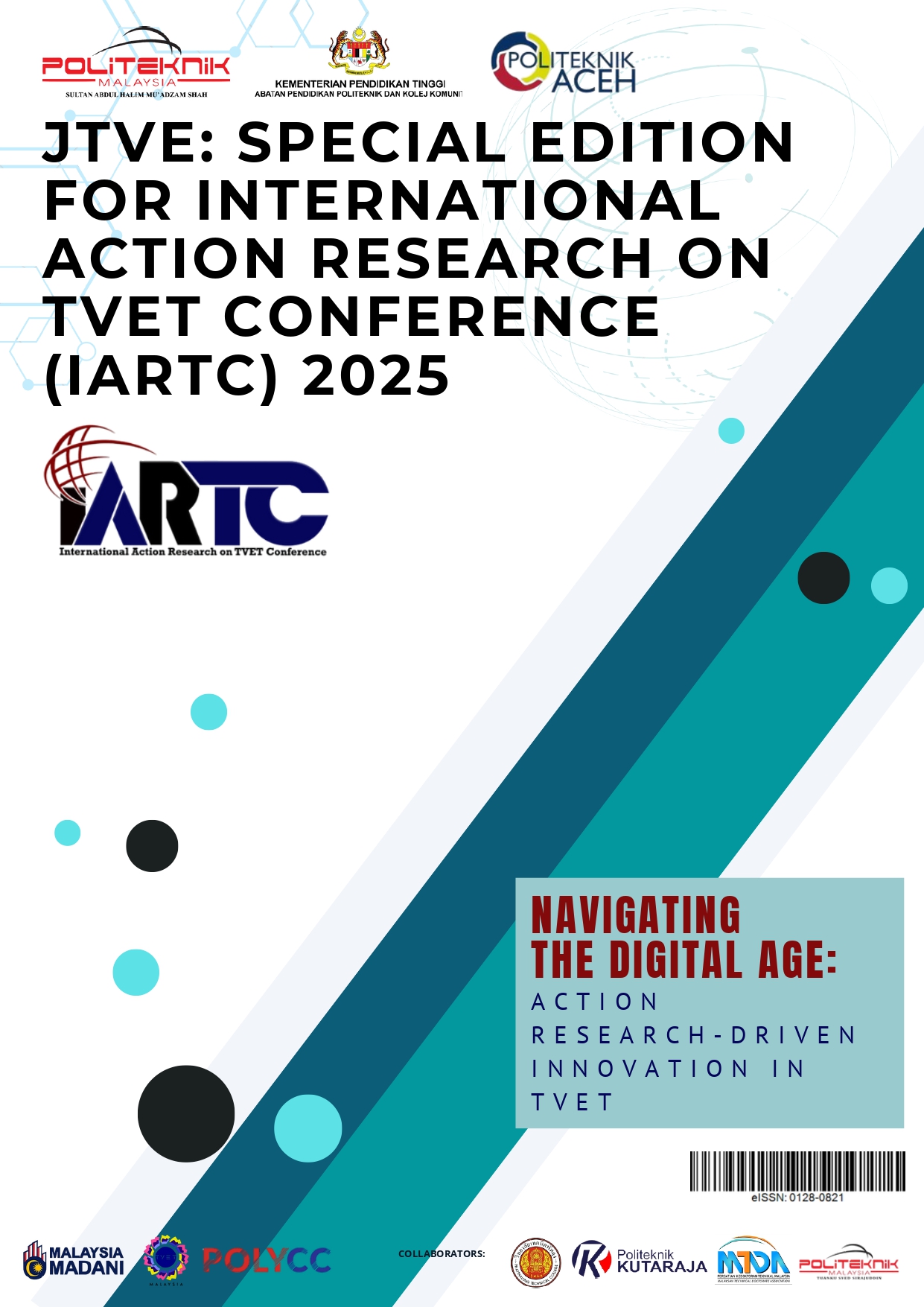A Case Study on RULA and REBA Evaluation Using the Design Thinking Approach
Abstract
This study focuses on the application of RULA and REBA ergonomic analyses conducted before and after the implementation of a newly developed tool. The existing working postures of employees were evaluated to inform the design of an ergonomic solution tailored to the task of cleaning dry leaves in the JKM workshop area at PTSS. The primary objective was to develop a tool that reduces workers' exposure to musculoskeletal disorders (MSDs) by promoting safer and more efficient postures. A design thinking approach was employed, encompassing five key phases: Empathize, Ideate, Analyze, Prototype, and Test. The findings indicated that the commonly used leaf blower machines presented significant ergonomic risks, contributing to discomfort and long-term physical strain among workers. In contrast, the newly developed tool ‘Ergo Cleaning Bicycle’ demonstrated low ergonomic risk and provided a safer, more comfortable alternative. The introduction of this tool significantly reduced the physical discomfort experienced by cleaning staff, positively impacting their overall well-being. While the tool achieved its goal of minimizing high-risk postures, further refinements are necessary to improve efficiency, particularly in large cleaning areas like the JKM workshop, where the cleaning time should ideally be reduced from 3–4 hours to 1–2 hours.
Keywords: Ergonomic, RULA, REBA, Design Thinking.
Downloads
Published
Issue
Section
License
Unit Penyelidikan, Inovasi dan Komersialan
POLIMAS


